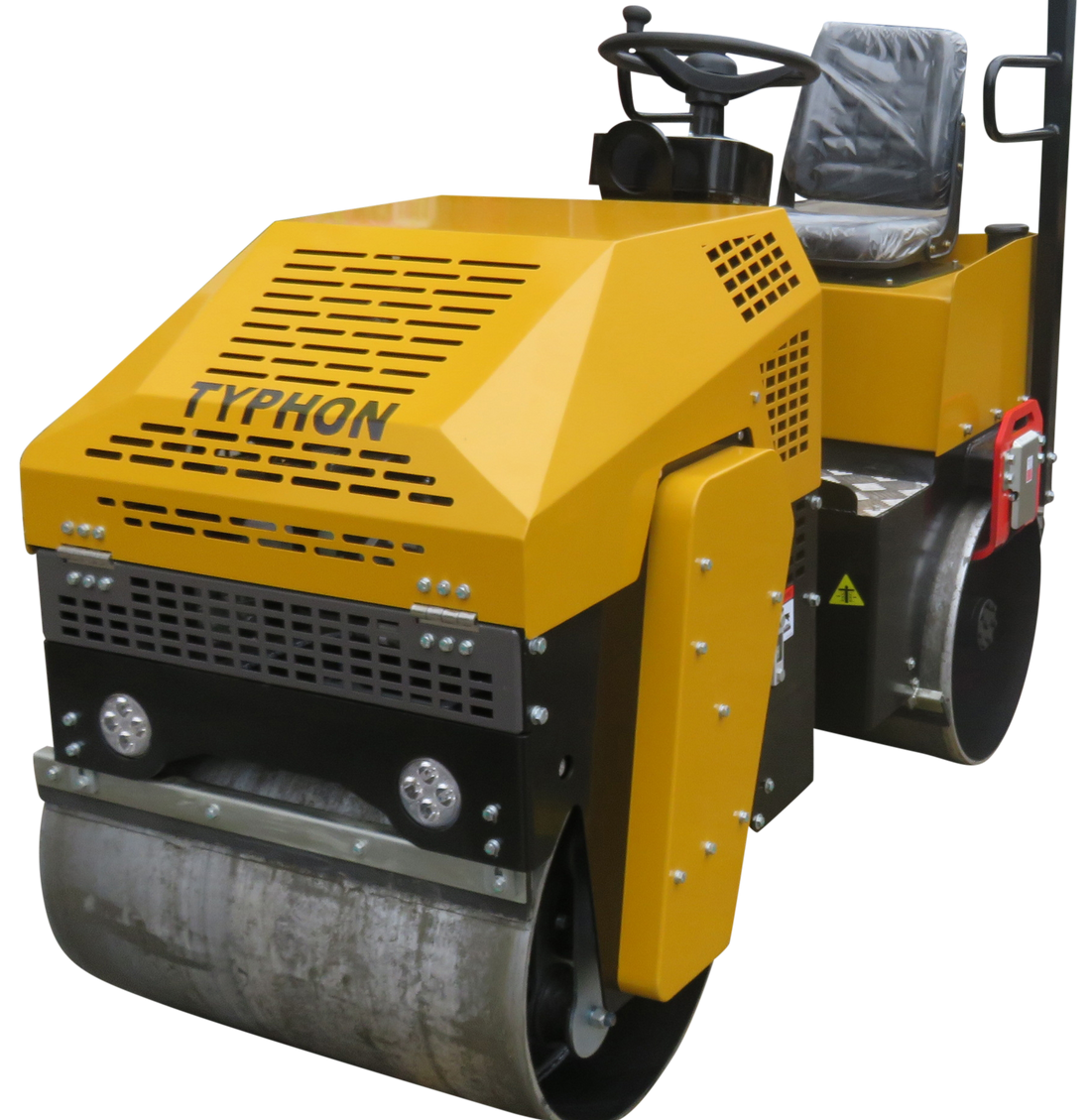The Science Behind Compactors and Their Impact on Construction Projects
In the realm of construction, where every ounce of efficiency counts, compactors emerge as the unsung heroes, compact but mighty in their impact on project outcomes. The science behind these machines is as fascinating as it is indispensable, influencing soil stabilization, pavement construction, and overall project success.At the heart of compaction lies a variety of types, each tailored to specific needs. Plate compactors, characterized by their small size and maneuverability, excel in tight spaces and are ideal for granular soils. Roller compactors, on the other hand, with their heavy drums, are adept at compressing larger areas and are commonly used in road construction. Pneumatic compactors, relying on air pressure, provide versatility, particularly on cohesive soils and asphalt surfaces.
The essence of compaction lies in the principles of densification. As these machines exert force on the soil or pavement surface, air voids are expelled, particles are rearranged, and cohesion is enhanced. This process not only increases load-bearing capacity but also reduces settlement and improves overall stability, crucial for structures and roadways alike.
Compaction serves as the cornerstone of soil stabilization, mitigating the risks associated with settlement and ensuring the integrity of foundations. In pavement construction, proper compaction is paramount to longevity and resistance against deformation under traffic loads. Thus, compaction isn't merely a step in construction but a fundamental aspect that directly influences the lifespan and performance of infrastructure.
The selection of the appropriate compactor hinges on several factors, each playing a pivotal role in determining effectiveness. Soil type dictates the compaction method, with granular soils requiring high-impact force and cohesive soils benefiting from kneading action. Project scale and scope influence the choice between small, maneuverable compactors for confined spaces and larger rollers for expansive areas. Additionally, compaction requirements, such as specified density and uniformity, guide the selection process, ensuring optimal results for each project.
Innovation continually drives the evolution of compactor technology, aiming for enhanced efficiency and precision. Advancements such as intelligent compaction systems, equipped with sensors and GPS technology, provide real-time feedback on compaction performance, enabling adjustments for uniformity and consistency. Electric and hybrid compactors offer eco-friendly alternatives, reducing emissions and operating costs while maintaining performance standards. Furthermore, improved ergonomic designs prioritize operator comfort and safety, enhancing productivity on construction sites.
In conclusion, compactors stand as indispensable assets in the construction arsenal, compact yet mighty in their influence on project outcomes. With their diverse types, fundamental principles, and technological advancements, these machines not only shape the physical landscape but also embody the relentless pursuit of efficiency and excellence in construction endeavors.

